The Article
Titanic Audio’s Moving Coil Cartridges
18th March 2022
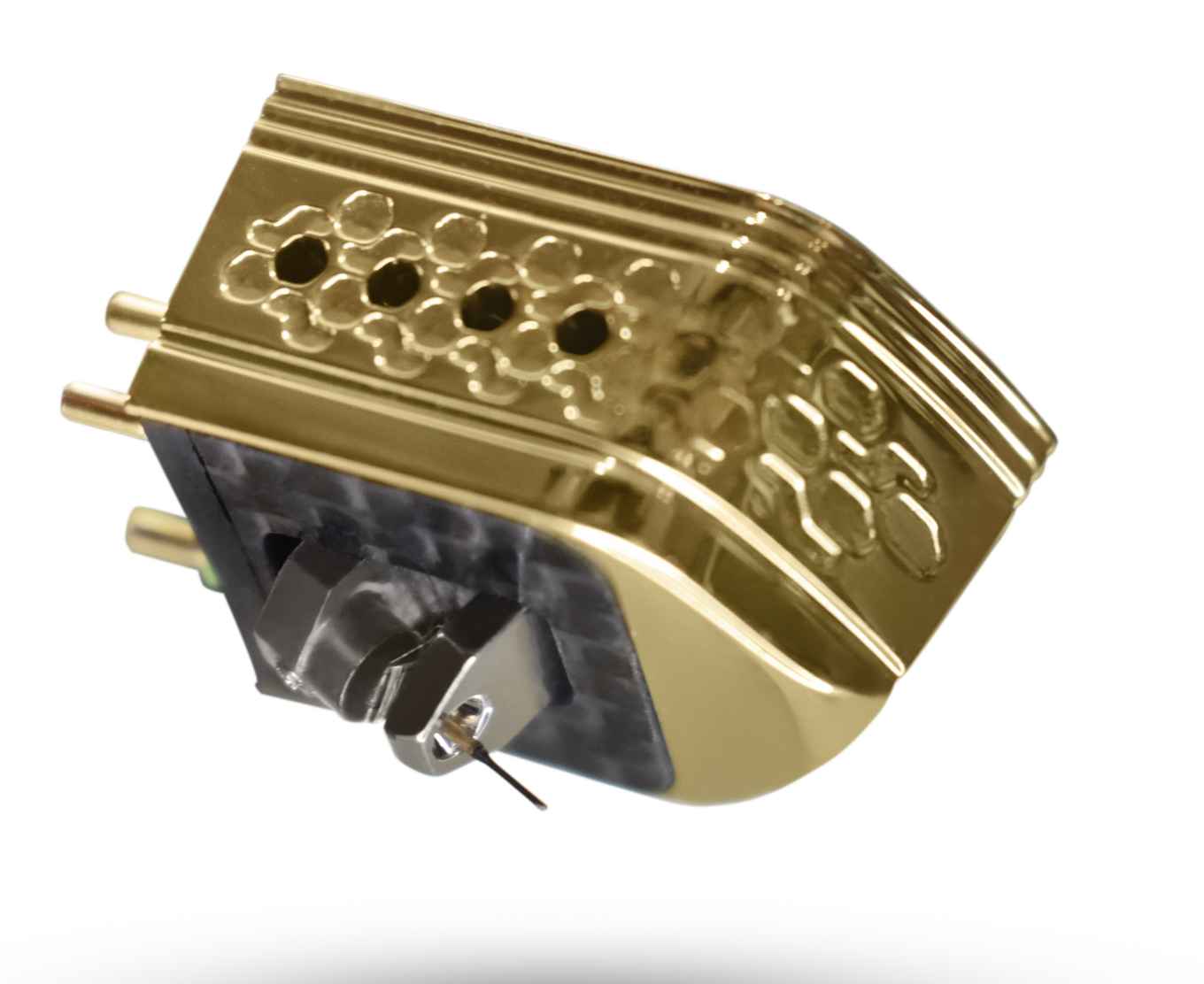
From the same team that produces the respected mains distribution and cable products, Titan Audio, three new high-end moving coil have emerged
Using high quality machined acrylic and machined and plated aluminium and carbon fibre, Titanic Audio has paid attention to the quality of wiring in the designs of all three models. As you might expect.
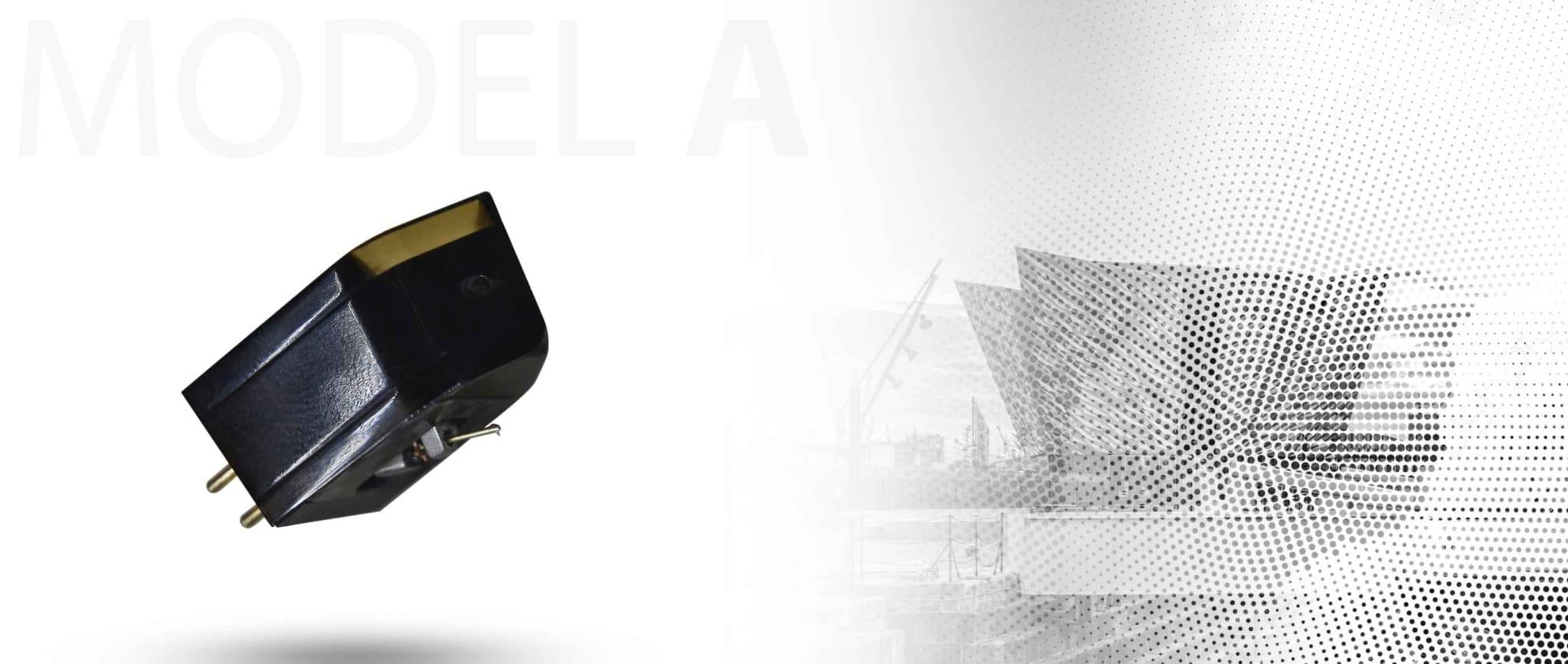
Output voltage of the cartridges is designed to offer a balance between micro detail and signal level, apparently making them an easy match for all MC-capable phono stages.
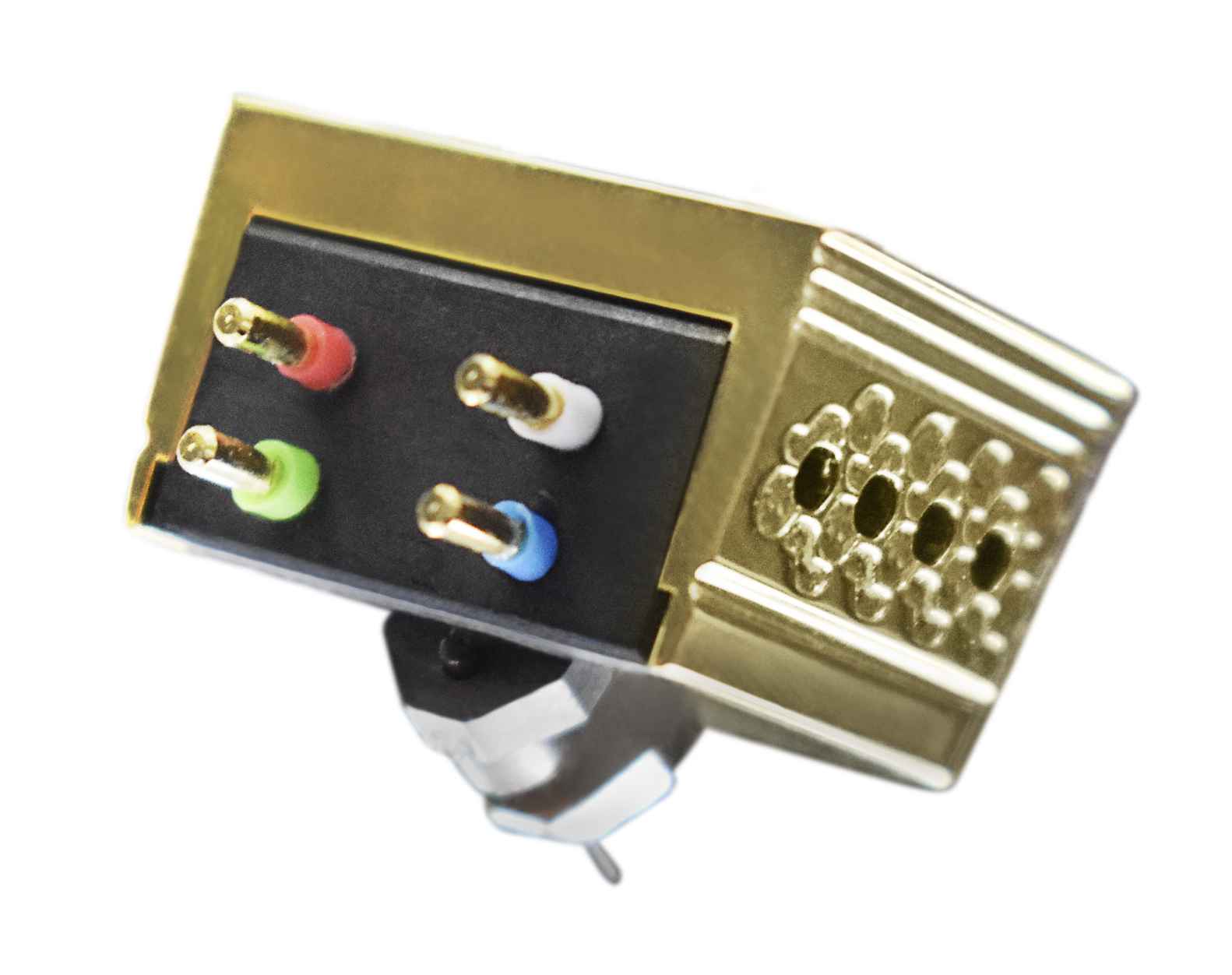
Finally, each model has a rather nautical shape to the body, a nod to the shipping provenance of Belfast and the story that goes with it that the name of this company.
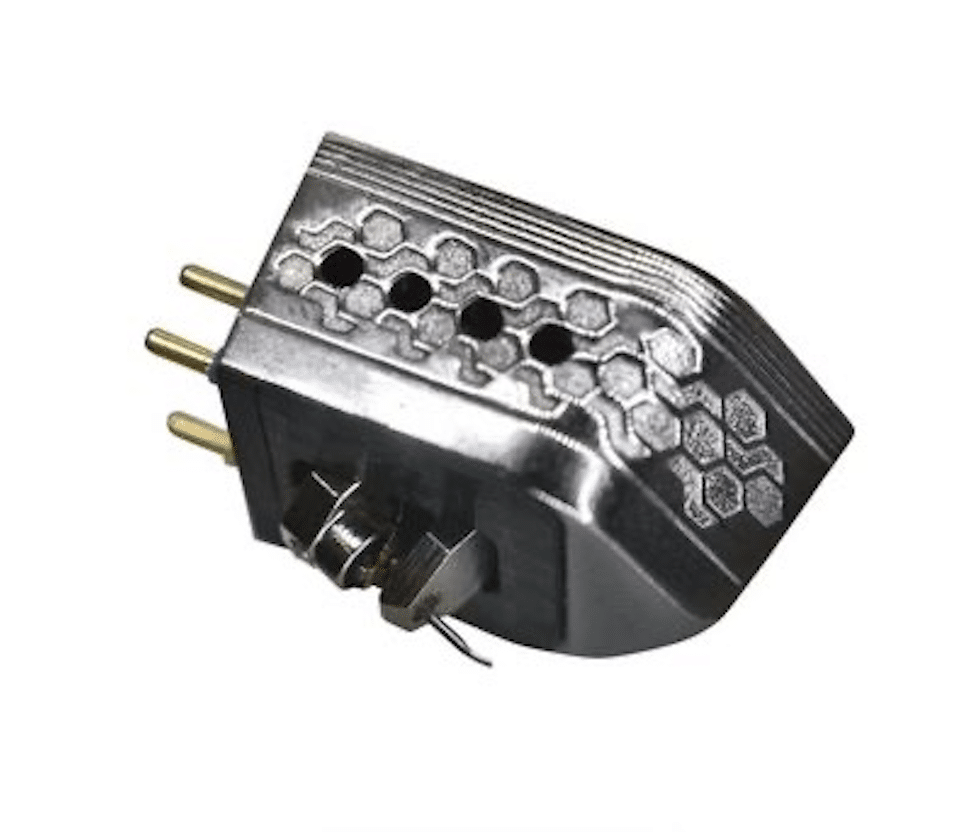
- The Model A, priced at £1,750 features an acrylic chassis, aluminium cantilever and a conical jointed diamond stylus.
- The Model S, priced at £3,500 features an elliptical nude stylus, an aluminium and chrome-plated chassis and an aluminium cantilever.
- The Model G, priced at £8,500 includes a gold-plated aluminium chassis, boron cantilever and micro ridge stylus.
To learn more about the Titanic cartridges, click www.titanaudio.co.uk

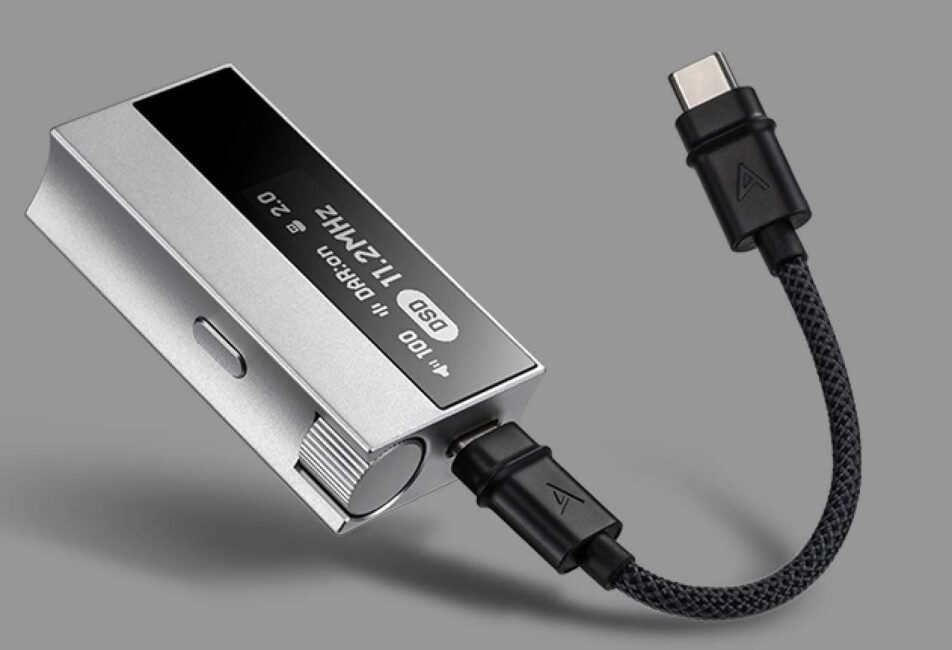
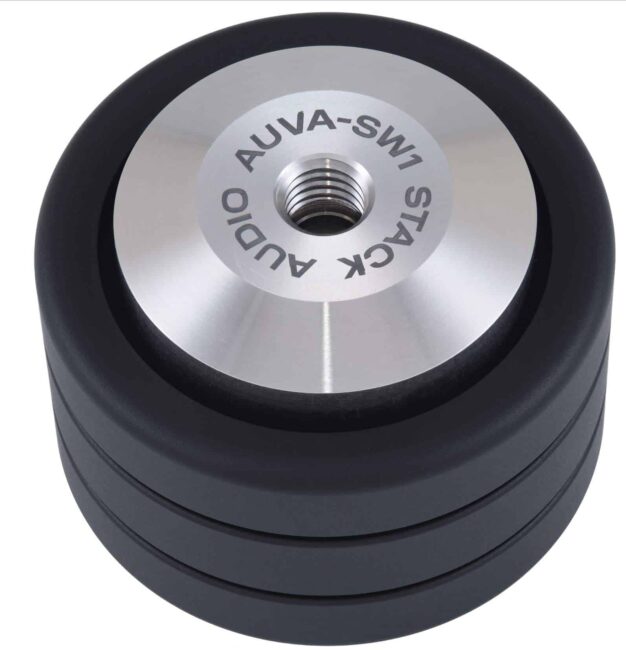
£1750 sounds a bit steep for a cartridge sporting a conical diamond.
I talked to the company about that and here’s what they said (he refers to a comment made on my YouTube channel, for good measure), “In regards to your question this is something we understand will be questioned quite a lot but there is a logical explanation behind it and not just because it‚Äôs cheap 🙂
We have went against the grain a bit in terms of designs of these cartridges in that we have used a monocoque chassis design and focused heavily on the windings. The general opinion in the industry is that conical = bad and microcline = good which is pretty much like saying soft dome = bad and ribbon/amt = good. To a certain degree there is some truth in this in terms of the science, a soft dome tweeter does not have the frequency extremes of a AMT or other “exotic” materials but yet Sonus Fabre etc have them in £100k speakers. They don’t do it to save money but because it’s suited to the sound they are trying to achieve and it’s the same with for us and the stylus types.
I noticed one of the comments mentioned Audio Technica charging £86 difference between conical & microline which is totally true but that doesn’t make that £180 cartridge as good as as a £500 Ortofon or a £3500 Hana. The conical shape is not as detailed but it can be much more musical. The other thing to keep in mind is that there are very different quality’s of tip’s a conical on a £19 AT is very different to that of a handmade one which has been shaped rather than moulded or stamped.
The stylus is connected to the cantilever arm by a jointed connection which is essentially the same as bonded however with one very critical difference. When bonding the tip is normally bonded to a flat surface where as with a jointed connection the bond is made at a joint (ie a very small pressing in the cantilever) that the stylus sits into so it creates a much more structural bond with less pressure being exerted on the connection point.
Hopefully that all makes sense, we appreciate it‚Äôs very against the grain but if we didn‚Äôt think outside the box we wouldn‚Äôt have came up with concepts like our high/low current cables rather than the traditional one cable for all method so although not everyone will agree with our theory‚Äôs straight away hopefully we will convert them when they hear the difference.”
Good of the company to clarify their thinking. £1750 takes it into cadenza bronze territory so will be interesting to see how it compares.